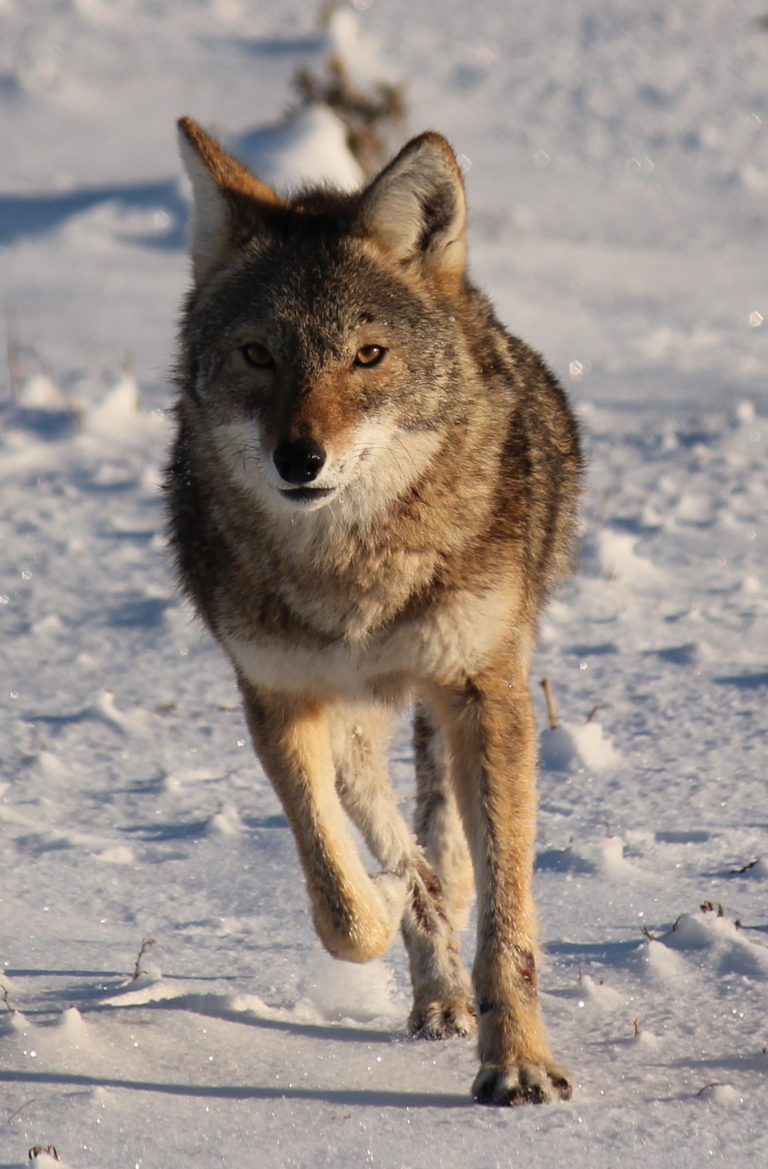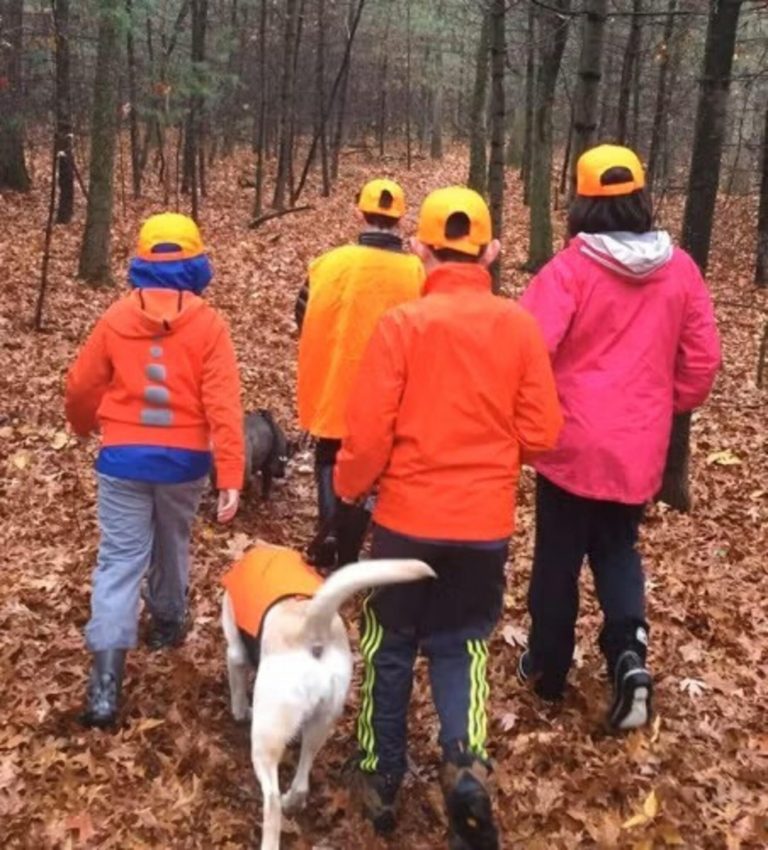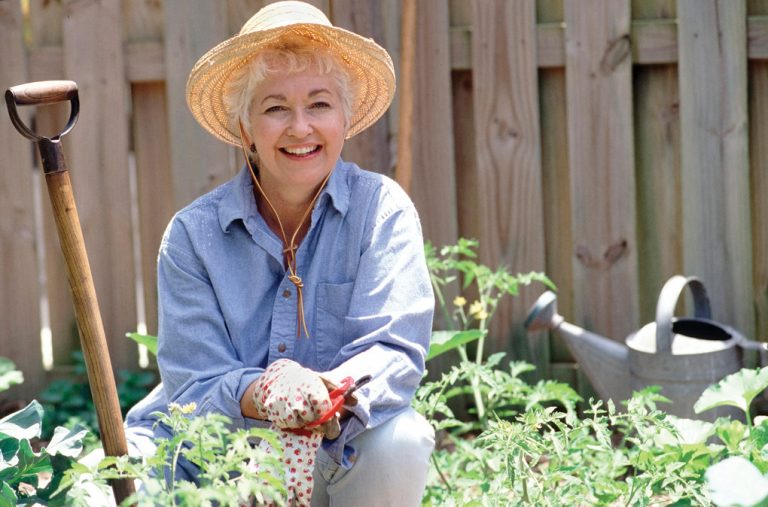By Jason Vance
Special to the Gladstone Dispatch
Coyotes are far and away are the most important predator affecting livestock in the Midwest and the Great Plains.
“Once we get farther north and west there are some grey wolves and mountain lions, but those species don’t tend to impact us much here,” said Kansas State Extension Wildlife Specialist Drew Ricketts. “In parts of the Midwest and southern states we do have black vultures. They tend to mainly be scavengers but they can impact very young livestock.”
Ricketts says to a lesser extent there are bobcats but dogs, both feral and domestic, are the second most common predator behind coyotes.
Coyotes are more of a problem for sheep and young livestock rather than the larger cattle herd.
“We typically don’t see loss of adult cattle unless there is a complication due to a difficult birth or something like that, then coyotes may be the ultimate cause of death,” Ricketts says. “Probably in a lot of those instances the cow would have died anyway. But far and away it’s young calves and then sheep and goats that are most impacted.”
Because coyotes typically aren’t killing larger cattle most of the time they are scavenging those carcasses. Ricketts says they are very happy to take advantage of those food resources.
“Carcasses of dead calves, dead sheep, dead lambs can attract coyotes from very long distances,” Ricketts said. “We tend to see really high numbers of coyotes around those areas where we have exposed carcass pits or a dead cow in a pasture.”
Managing dead livestock, disposing of carcasses and burying them rather than leaving them in a pasture where calving, lambing or kidding is happening is a really important non-lethal predator strategy.
Ricketts says in addition to carcass management, frequently checking livestock is important.
“Managing sheep and goats is more time intensive than managing large ruminants like cattle,” Ricketts said. “We need to do things like pen those sheep and goats at night to protect them from predators.”
Night penning is best accomplished by bringing them into a smaller enclosure, where fencing is usually woven wire with small squares and ideally it would have some sort of electrification to it.
With the night penning guard animals can be used as another form of non-lethal control.
Studies have shown that lethal control is going to be most effective when it is not used as a preventative measure but as a response to livestock losses. Ricketts says that while most coyotes are scavengers when it comes to livestock, some do lose their fear of being around people and become bold enough to take advantage of that livestock resource and they learn how to kill the larger prey item.
“Once they start killing livestock then we really have to remove those animals to stop that,” Ricketts said. “However livestock losses are not an issue farmers and ranchers shouldn’t make killing coyotes a chore. When those loses start that is when we do need think about those lethal control methods in addition to the non-lethal stuff we should be doing all the time.”




